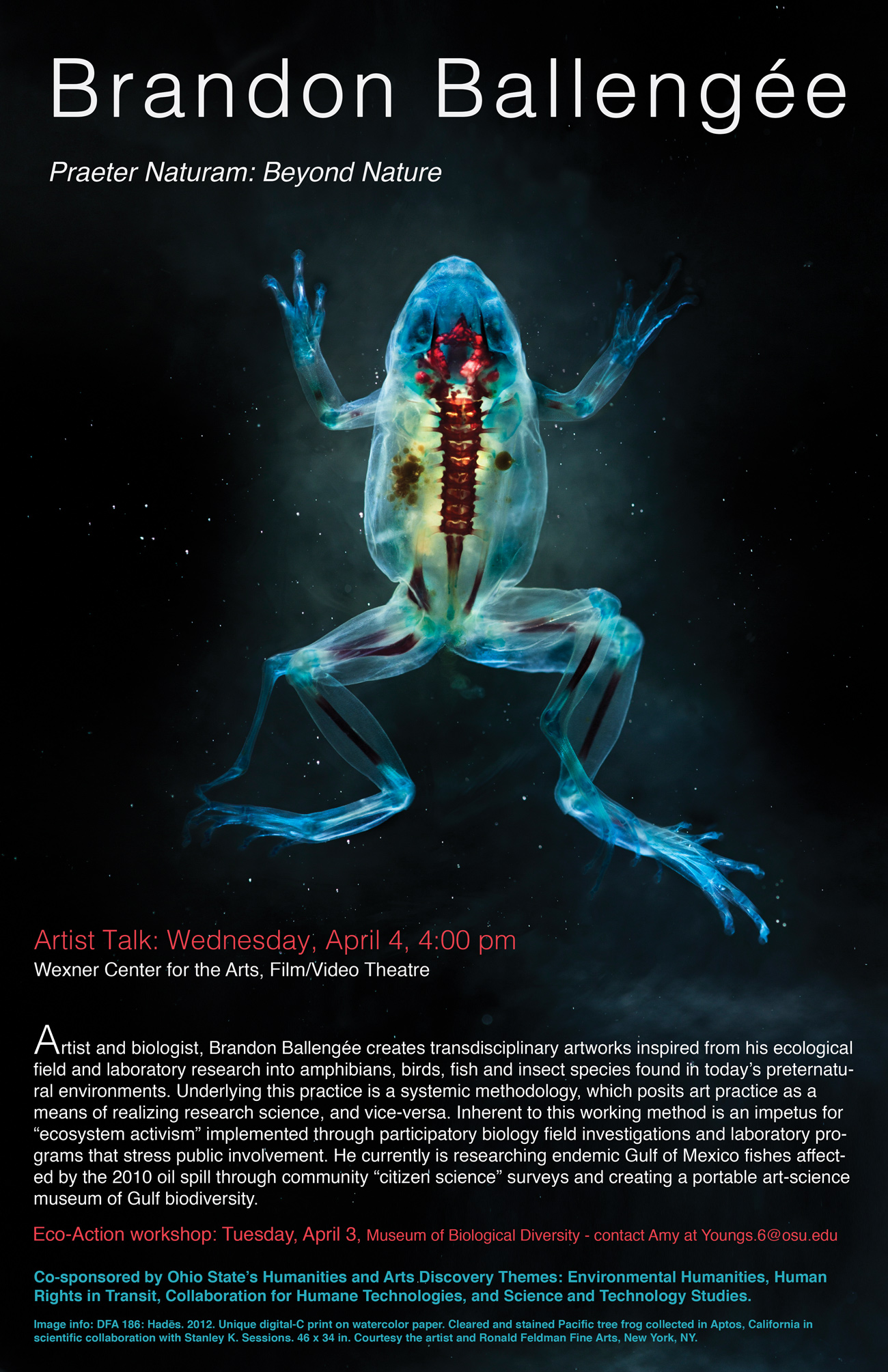
Un-becoming Carbon: Traveling in Intercellular Space focuses on the importance of carbon sequestration by plants. The viewers enter the plants’ intercellular space, beginning their journey as a molecule of carbon dioxide, donating their carbon to the plant’s body, and emerging as life-giving oxygen. The interactive installation explores this process through physical, audio and virtual experiences. Entering a giant leaf through a stomatal opening, the viewers are surrounded by sculptural plant cells. Palisade Parenchyma droop from above while below Spongy Parenchyma and Stomata line the floor. Soft structures invite viewers to rest and continue their experience by entering virtual reality. An exploration between the macroverse and the microverse begins in a forest where the viewers take on the role of a carbon particle being absorbed into a leaf; first traveling through intercellular space, then moving into a cell to become part of its substance.
Concluding the experience, visitors are invited to adopt and nurture a living plant propagule to continue its carbon-binding work in their own home. Plant awareness posters act as a souvenir from their intercellular space travel.
This multimedia art installation was collaboratively created by the students and professors of an Art & Science class (Art 5001) by Ellie Bartlett, Jacklyn Brickman, Ashley Browne, Amanda Buckeye, Diva Colter, Mona Gazala, Youji Han, Saba Hashemi Shahraki, Brice Jordan, Liam Manning, Iris Meier, Brooke Stanley, Lily Thompson, Zachary Upperman, Stephen White, Taylor Woodie, and Amy Youngs.

Presented as part of the Art & Technology exhibition, Non-Human Intelligence.
Come out and celebrate with us at the opening on December 4th, 5 – 7pm.
Hopkins Hall, the Ohio State University – campus map and transportation

 Professors Iris Meier and Amy Youngs will co-teach an Art Science course. Designed to be interdisciplinary between art and science, we welcome graduate students and advanced undergraduate students from the sciences and the arts. Contact
Professors Iris Meier and Amy Youngs will co-teach an Art Science course. Designed to be interdisciplinary between art and science, we welcome graduate students and advanced undergraduate students from the sciences and the arts. Contact 


